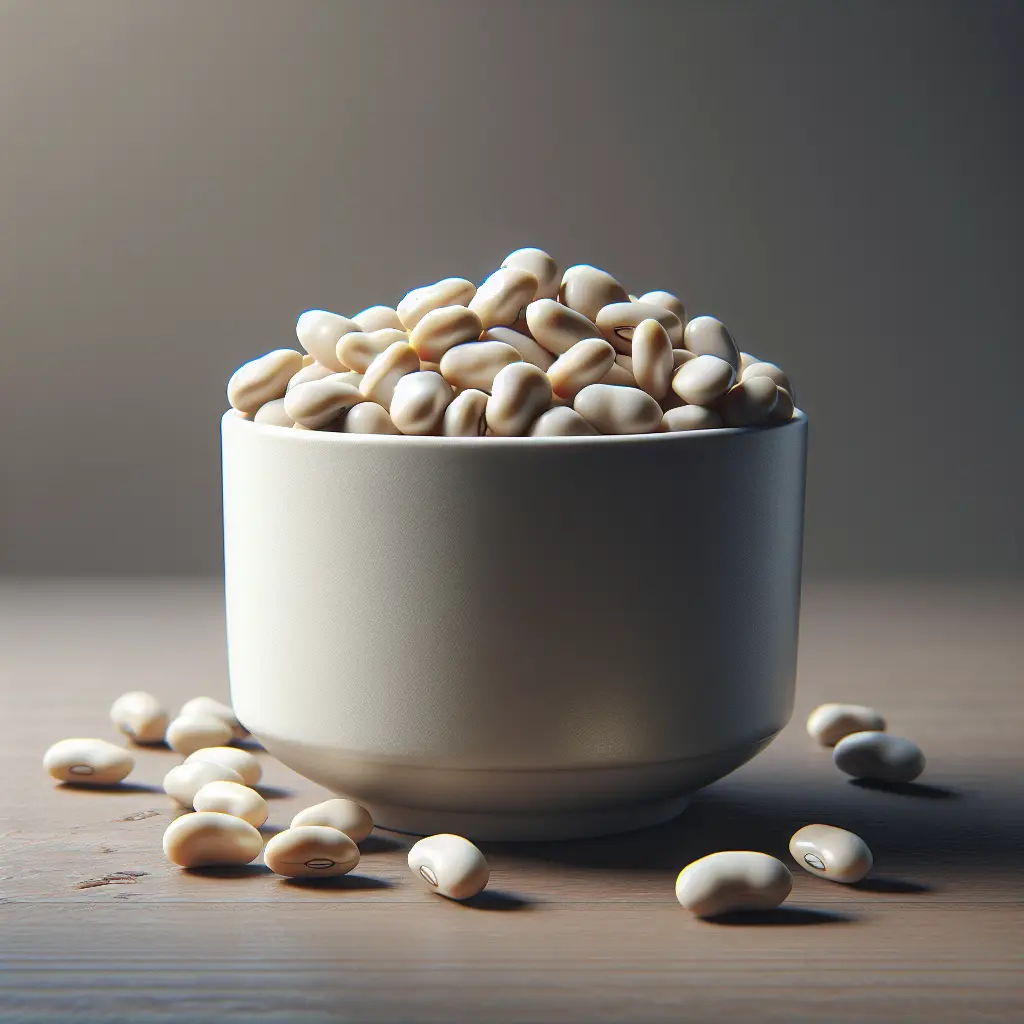A Culinary Exploration: Delving into the World of Butter Beans
Butter beans, also known as lima beans, are a remarkable legume that has been a staple in various cuisines worldwide for centuries. Their mild, buttery flavor and versatility make them a favorite among home cooks and chefs alike. This guide will delve into the history, nutritional benefits, and culinary applications of butter beans, providing a comprehensive understanding of this multifaceted ingredient.
Tracing the History of Butter Beans: A Culinary Journey
Butter beans have a rich history that spans continents and centuries. Their origins can be traced back to South America, where they were cultivated by indigenous populations thousands of years ago. Spanish explorers brought butter beans to Europe in the 16th century, where they quickly gained popularity and became a staple in many traditional dishes. Over time, butter beans made their way to North America, where they became a vital ingredient in Southern cuisine.
Today, butter beans are grown in various regions around the world, and their popularity continues to grow due to their exceptional nutritional value and culinary versatility.
Unveiling the Nutritional Powerhouse: Butter Beans' Health Benefits
Butter beans are not only delicious but also incredibly nutritious. They are an excellent source of:
- Protein: With 15 grams of protein per cup, butter beans are a great plant-based source of this essential nutrient, supporting muscle growth and repair.
- Fiber: Butter beans are high in fiber, providing 13 grams per cup. Fiber promotes satiety, aids digestion, and helps regulate blood sugar levels.
- Iron: Butter beans are a good source of iron, an essential mineral that plays a vital role in oxygen transport and red blood cell production.
- Potassium: Butter beans are rich in potassium, an electrolyte that supports heart health, muscle function, and fluid balance.
- Antioxidants: Butter beans contain antioxidants that help protect cells from damage and reduce the risk of chronic diseases.
Culinary Canvas: Exploring the Versatility of Butter Beans
Butter beans are incredibly versatile in the kitchen, lending their mild, buttery flavor to a wide range of culinary creations. Here are a few ways to incorporate butter beans into your meals:
- Soups and Stews: Butter beans add a creamy texture and hearty flavor to soups and stews. They pair well with smoked meats, vegetables, and spices.
- Salads: Butter beans can add protein and fiber to salads. Combine them with fresh greens, grilled vegetables, and a light dressing.
- Main Courses: Butter beans can be used as a main course ingredient in dishes like vegetarian chili or curries. They absorb flavors well, making them perfect for slow-cooked meals.
- Sides: Butter beans can be served as a side dish, simply seasoned with salt, pepper, and herbs. They also make a great addition to pasta dishes.
Conclusion: Embracing the Goodness of Butter Beans
Butter beans are a culinary gem, offering a wealth of nutritional benefits and versatility in the kitchen. Their mild, buttery flavor and high protein and fiber content make them a valuable addition to a healthy diet. Whether you're incorporating them into soups, salads, main courses, or sides, butter beans are sure to enhance your culinary creations and nourish your body.
How many calories are in Butter Beans?
Each 1 cup of Butter Beans contains 216 calories.
Butter Beans Nutritional Information
| Nutrient | Amount per 1 cup (188g) |
|---|---|
| Calories | 216 Calories |
| Protein | 15g |
| Fat | 0.7g |
| Saturated Fat | 0.2g |
| Cholesterol | 0mg |
| Carbohydrates | 39g |
| Dietary Fiber | 13g |
| Sugar | 5.5g |
| Sodium | 0.0038mg |
| Potassium | 0.955mg |
| Calcium | 0.032mg |
| Iron | 0.0045mg |
